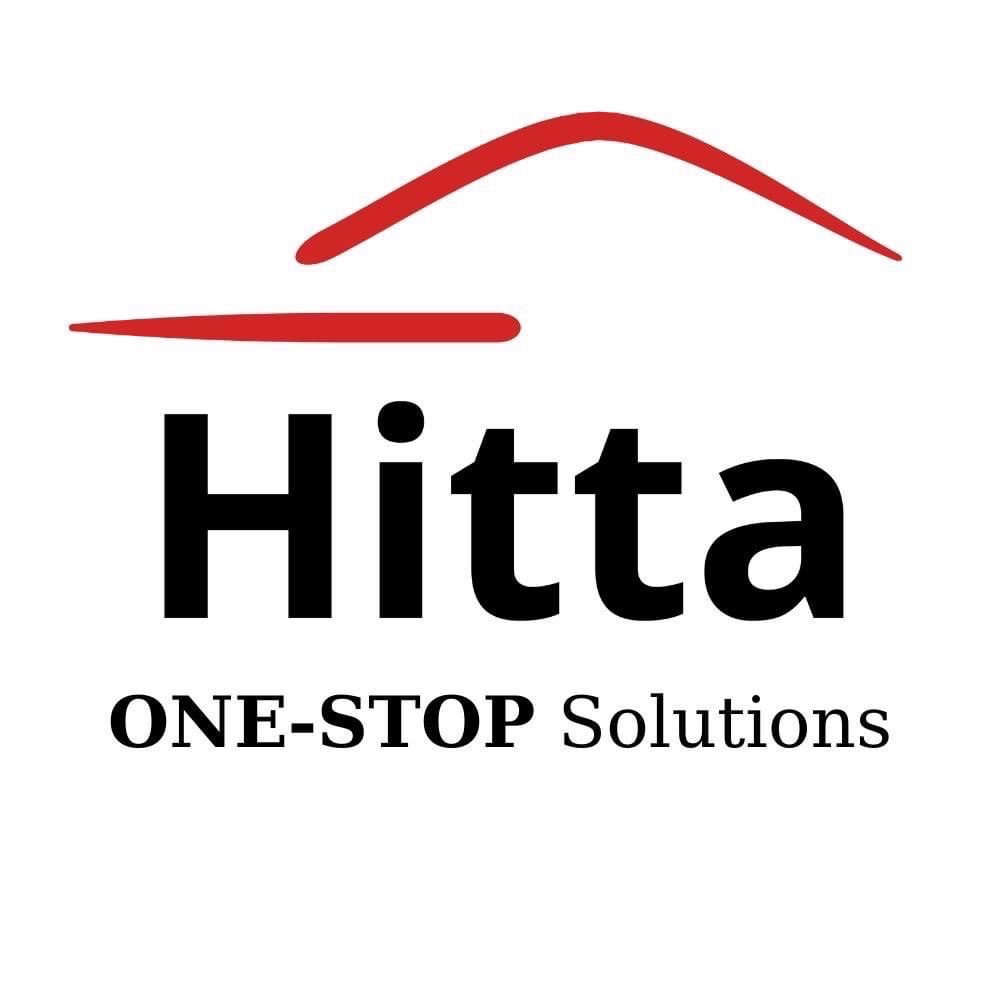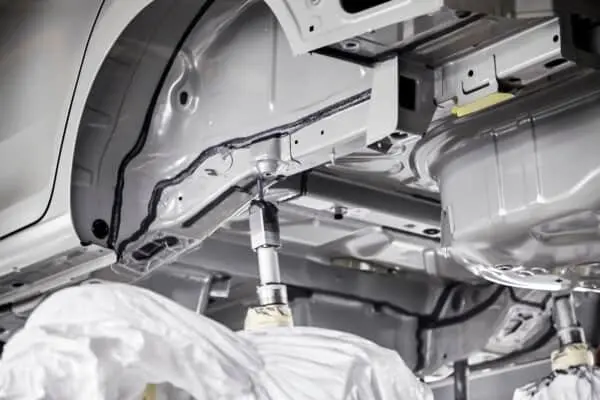Regardless of the design, from computers to automobiles, assembly is always a challenge. Achieving the lowest cost and highest performance technique for joining parts and subassemblies is always a headache.
Bonding metal to metal with structural adhesive tape offers many advantages over welding, soldering, or screwing. This is the solution and trend of the future due to its fast, simple, and highly accurate installation as well as cost savings compared to any other solution.
When it comes to bonding metal to metal, options include heat joining techniques such as welding, spot welding, soft soldering; Riveting; adhesive bonding; structural adhesive tape. Each method has its own advantages and disadvantages. For example, when attaching metal plates to a metal frame of a machine casing, suitable solutions include metal-to-metal structural adhesive tape; brazing; riveting.
- Băng keo cường lực cho dây chuyền sản xuất ô tô
- Băng keo cường lực cho lắp ráp ô tô
- Băng keo cường lực cho ngành công nghiệp ô tô
- Băng keo cường lực dán kính ô tô
- Tại sao nên sử dụng băng keo cường lực?
The important thing is to determine which solution is the most appropriate!
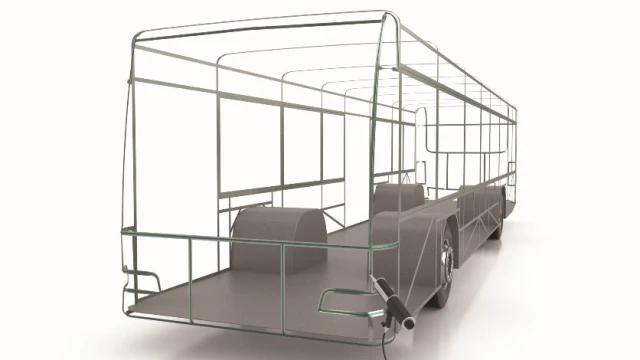
Quick bonding of metal to metal
The tape is designed to bond metal to metal quickly and accurately, much like using screws or rivets without the need for drilling or damaging the material surface.
Structural adhesive can also be used but requires curing time (waiting for drying) to achieve the required bond strength.
Using faster, simpler assembly techniques such as structural adhesive tape can reduce labor and training costs, thus reducing material costs for labor. The bonds of structural adhesive tape are highly flexible, allowing relative movement of parts without weakening the bonds. This helps to supplement suitable adhesive options for applications involving temperature changes, weather, and vibration, such as in the automotive and consumer goods industries.
Comparison of bonding with adhesive tape versus metal welding
Welding is a very common technique for metal-to-metal assembly operations. However, this method is becoming outdated and exposes several drawbacks:
- Damaging the material surface.
- Structures, surfaces requiring no protrusions or indentations.
- Complex execution, requiring multiple tools.
- Requires time to train workers.
- Difficult to inspect construction errors by QA.
- Welded joints may corrode over time.
- Cost for quality inspection.
Structural adhesive tape bonding metal to metal overcomes these drawbacks by:
- Not requiring labor training.
- Limiting human errors.
- Being used accurately without training.
- Providing more stable joint quality.
- Speeding up assembly stages.
- Lowering overall production costs.
Comparison of bonding with adhesive tape to other fast assembly solutions
Some traditional fast assembly methods include creating fasteners such as screws, bolts widely used for temporary connections.
When a strong but detachable metal-to-metal bond is needed, some types of adhesive tapes with special adhesives can be used and completely replace traditional screws.
However, remember that removable fasteners will leave a void in their old position, while adhesive tape does not. Because screws, bolts, and nuts are often designed to be removable, they can loosen over time. For long-term or high-stress applications, this may require additional locking nuts or hardware, such as lock nuts.
The issue is much easier with adhesive tape bonding, making it easy to predict the next maintenance cost (if any). The stress concentration can also weaken the overall strength of the assembly, and if under tension, it can cause metal to warp or tear, pulling away from the joint.
Preparing the Surface for Metal-to-Metal Bonding
Choosing the best adhesive for your metal-to-metal application can be challenging. Different metals endure varying environmental conditions, resulting in different behaviors. As a result, there’s no such thing as the strongest adhesive for bonding metals. That’s why it’s important to select the appropriate adhesive type based on several design considerations. Most metals have relatively high surface energy, allowing the adhesive to wet the surface and thus improve the bond strength. However, painted metals and powder-coated metals have a different surface.

On painted surfaces, the adhesive does not bond with the metal but rather with the paint coating. However, successful bonding can be achieved with the metal or its surface coating, depending on the bond strength you require.
Another approach is to choose an appropriate adhesive solution to bond directly to the painted metal. “Body filler” is a type of plastic painted onto the metal surface, heat-treated to form a solid layer. Body fillers are significantly more difficult to bond than paint because they typically have a lower surface energy. This will affect the adhesive you choose.
Adhesive manufacturers (adhesives and tapes) provide guidelines for selecting the best adhesive based on the substrate you need to bond. Contact Hitta for specific advice tailored to each case.
Adhesives form the best bond for clean, dry, oil-free surfaces, including oil from worker’s hands touching the surface.
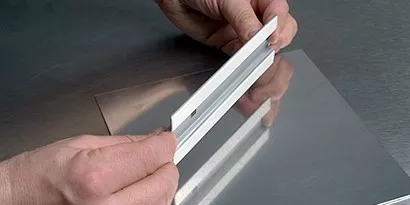
It’s essential to assess the condition of the substrate surface. A rough surface can create stronger mechanical bonds. Adhesive tapes cannot penetrate deep into cracks or around protruding scratches caused by heavy abrasion. Therefore, liquid adhesives are best for highly abrasive surfaces. Adhesive tapes are an excellent solution for lightly abraded surfaces.
Choosing the right method
Choosing the right method for bonding metal to metal depends on how well the chosen method fits into your assembly process.
For example, consider the adjustments needed to accommodate a new solution. For instance, welding requires highly skilled welders, certifications, as well as testing how the surface destruction caused by welding affects the process.
In some cases, welding can be automated, though it can be a costly solution. Mechanical fasteners require less training, but these solutions demand inventory management as well as tools and equipment such as screwdrivers, torque wrenches, or end effectors for robots. When torque issues arise, QA processes and sensor calibration must be integrated into your production line.
Structural tapes have addressed these issues. The speed at which structural tapes can be applied to any part is extremely fast, unmatched by other solutions.
Structural tapes also adapt well to high and low-temperature cycles, harsh weather conditions, UV radiation, or solvents.
Protruding screws can pose hazards or require costly trimming to conceal their presence. Welds can become brittle or undergo changes in local metallurgical composition. This can make them a poor choice for joints that will experience bending and load over the product’s lifetime.
Solution Consultation
Hitta provides comprehensive and professional industrial solution services, offering the most suitable solutions to optimize production processes and save costs for businesses. Contact us for solution consultation:
- ☎️ Hotline: 090.8611.011 (Mr. Dương).
- ✉️ Email: hittajsc@hitta.vn
Products:
-
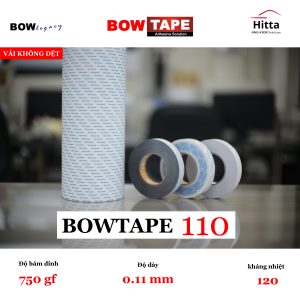 Bow Tape 110 (0.11 mm)
Bow Tape 110 (0.11 mm) -
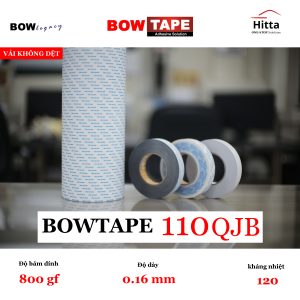 Bow Tape 110QJB (0.16 mm)
Bow Tape 110QJB (0.16 mm) -
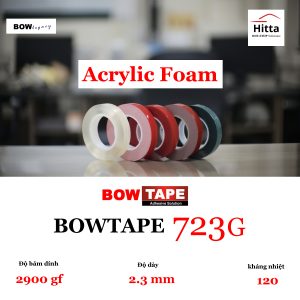 Acrylic Foam Tape Bow Tape 723G (2.3 mm)
Acrylic Foam Tape Bow Tape 723G (2.3 mm) -
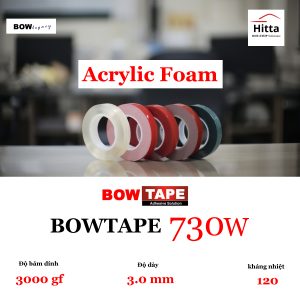 Acrylic Foam Tape Bow Tape 730W (3.0 mm)
Acrylic Foam Tape Bow Tape 730W (3.0 mm) -
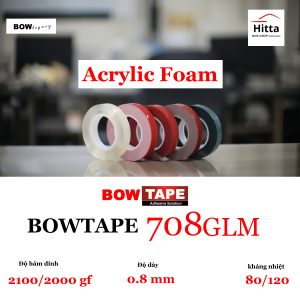 Acrylic Foam tape with LSE coating – Bow Tape 708GLM (0.8 mm)
Acrylic Foam tape with LSE coating – Bow Tape 708GLM (0.8 mm) -
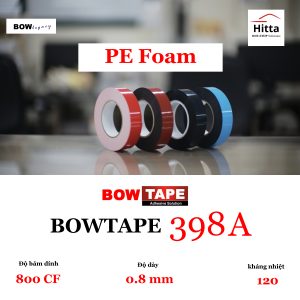 Bow Tape PE foam Tape 398A (0.8 mm)
Bow Tape PE foam Tape 398A (0.8 mm) -
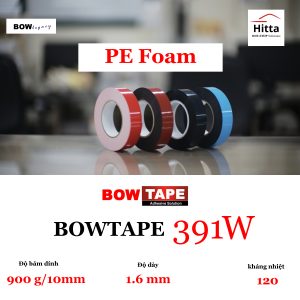 Bow Tape 391W (1.6 mm)
Bow Tape 391W (1.6 mm) -
 Bow Tape 300NHK
Bow Tape 300NHK -
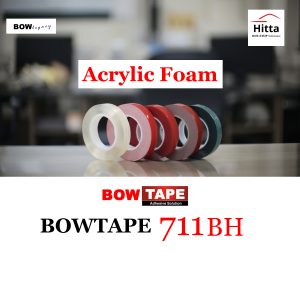 Acrylic Foam Tape – Bow Tape 711BH
Acrylic Foam Tape – Bow Tape 711BH -
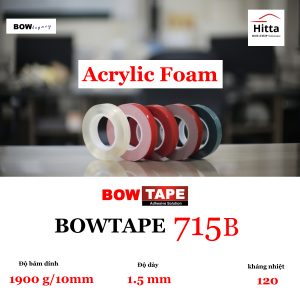 Acrylic Foam Tape – Bow Tape 715B (1.5 mm)
Acrylic Foam Tape – Bow Tape 715B (1.5 mm) -
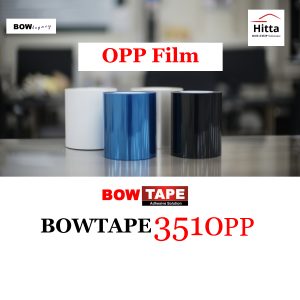 Bow Tape 3510PP (0.1 mm)
Bow Tape 3510PP (0.1 mm) -
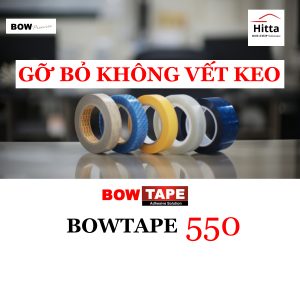 Bow Tape 550 (0.17 mm)
Bow Tape 550 (0.17 mm) -
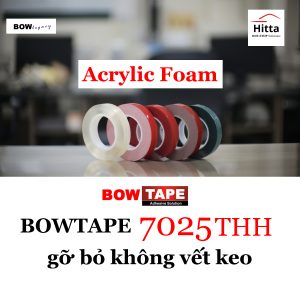 Acrylic Foam Tape – Bow Tape 7025THH
Acrylic Foam Tape – Bow Tape 7025THH -
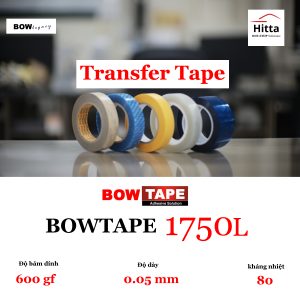 Bow Tape 1750L (0.05 mm)
Bow Tape 1750L (0.05 mm) -
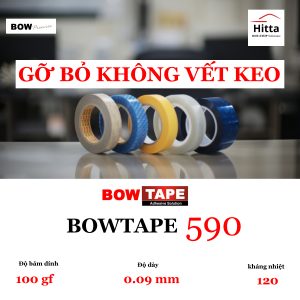 Bow Tape 590 (0.09 mm)
Bow Tape 590 (0.09 mm) -
 Bow Tape 710SF (1.0 mm)
Bow Tape 710SF (1.0 mm) -
 Bow Tape 3510B
Bow Tape 3510B -
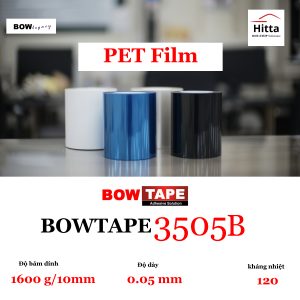 Bow Tape 3505B
Bow Tape 3505B -
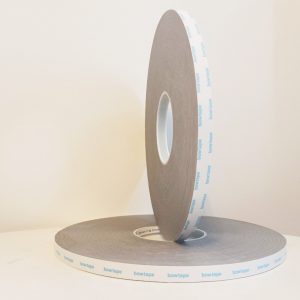 Bow Tape 716GS
Bow Tape 716GS -
 Bow Tape 706BH (0. 6mm)
Bow Tape 706BH (0. 6mm) -
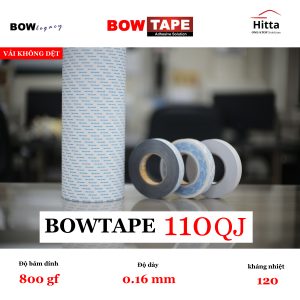 Bow Tape 110QJ (0.16 mm)
Bow Tape 110QJ (0.16 mm) -
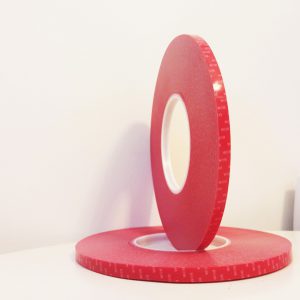 Bow Tape 704WE (0.4 mm)
Bow Tape 704WE (0.4 mm) -
 Bow Tape 706BH (0.6 mm)
Bow Tape 706BH (0.6 mm) -
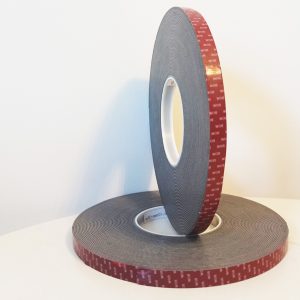 Bow Tape 708GSX (0.8 mm)
Bow Tape 708GSX (0.8 mm) -
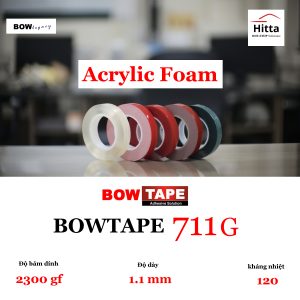 Acrylic Foam Tape Bow Tape 711G (1.1mm)
Acrylic Foam Tape Bow Tape 711G (1.1mm)
